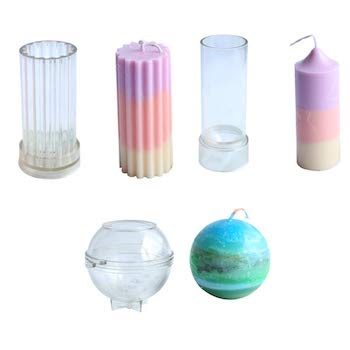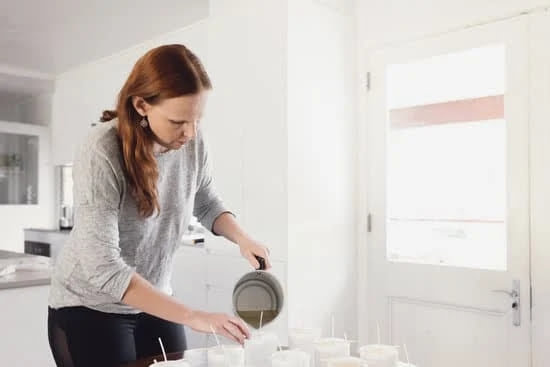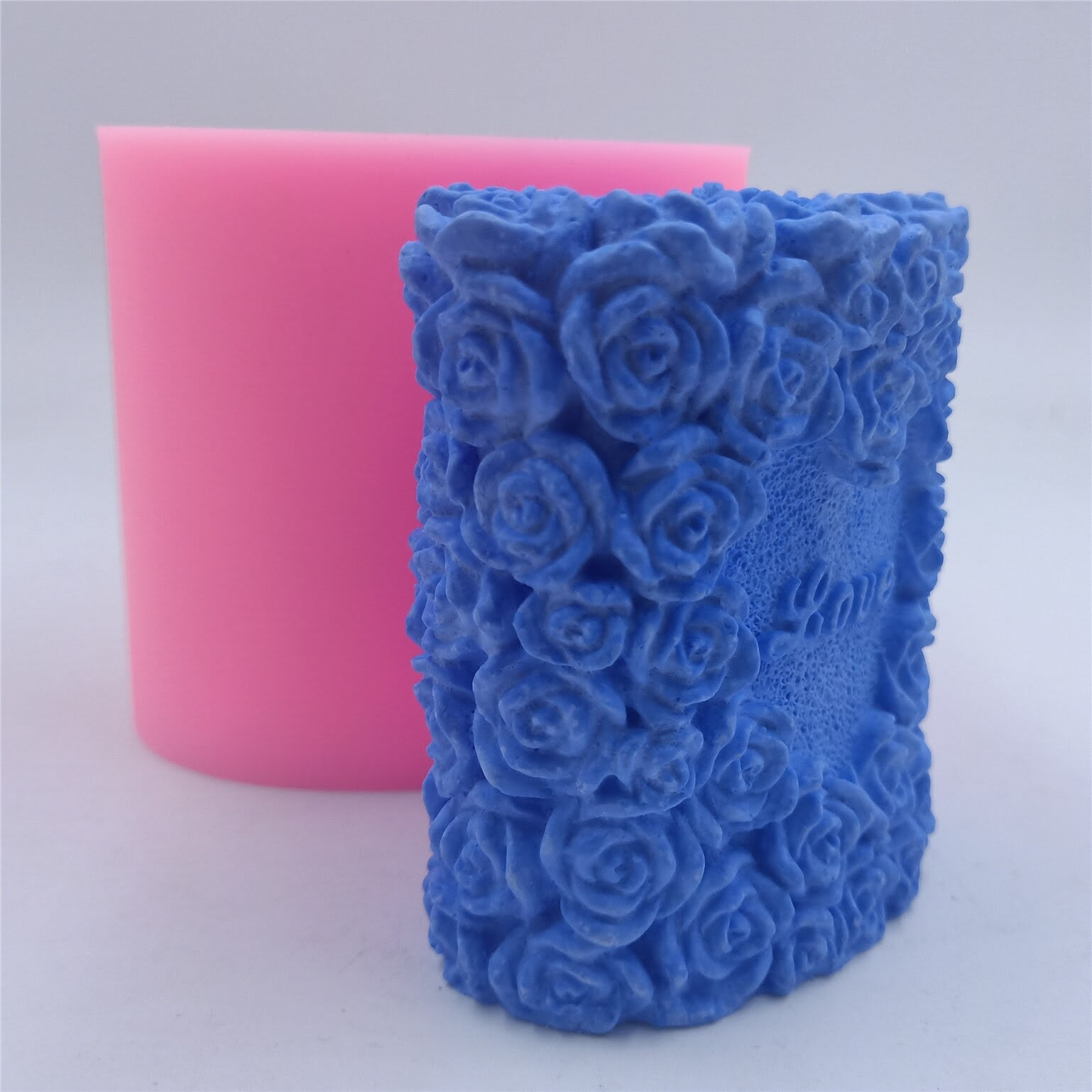Candle making is a traditional craft that has been around for centuries, dating back to ancient times. Many people are drawn to the art of candle making as a therapeutic and creative outlet. In this article, we will explore the history of candle making, the techniques and materials involved in creating homemade candles, the potential benefits of candle making as a therapeutic and creative outlet, and whether or not it is a worthwhile investment.
The history of candle making dates back to as early as 200 BC when the Ancient Egyptians created candles by soaking reeds in melted animal fat. Over time, different cultures developed their own techniques for making candles using various materials such as beeswax and tallow. Today, candle making has evolved into a popular hobby and even a small business venture for many individuals.
Learning the art of candle making involves mastering various techniques and understanding the different materials used in creating homemade candles. From choosing the right wax and wick to adding fragrance and color, there are several factors to consider when crafting your own candles. But with dedication and practice, anyone can learn how to make beautiful homemade candles.
In addition to being a rewarding creative pursuit, candle making can also have therapeutic benefits. Many people find it calming and relaxing to work with their hands and create something beautiful from scratch. The use of aromatherapy in scented candles can also contribute to a calming environment.
The question remains: is all this effort worth it? Let’s delve into the potential benefits of homemade candles, as well as whether or not it is a worthwhile investment both personally and financially.
The Art of Candle Making
One of the most appealing aspects of candle making is the creative freedom it offers. From choosing different scents to experimenting with various colors and shapes, candle making allows for endless possibilities. Additionally, it is a therapeutic activity for many people as it provides an opportunity to unwind and express creativity. Many find solace in the repetitive nature of the process while others enjoy the sense of achievement in creating something beautiful and functional.
For individuals who are environmentally conscious or suffer from allergies, candle making is worth it as it allows them to create their own all-natural, hypoallergenic products. By using organic waxes like soy or beeswax and essential oils instead of synthetic fragrances, homemade candles can be a healthier alternative to store-bought ones. This aligns with the current trend towards sustainability as more consumers seek eco-friendly options.
| Techniques | Materials |
|---|---|
| Dip molding | Wax (soy, beeswax), essential oils |
| Container candles | Fragrance oils, wicks |
| Pillar Candles | Dye chips or blocks |
The Potential Benefits of Candle Making
Candle making can be a highly therapeutic and creative outlet for individuals of all ages. The process of creating a candle can be both calming and fulfilling, allowing for a sense of accomplishment when the finished product is achieved.
Many people find that the act of melting wax, adding scents and colors, and carefully molding the candle can provide a much-needed escape from the stresses of everyday life. In fact, candle making is often used as a form of art therapy to promote relaxation and reduce anxiety.
In addition to its therapeutic benefits, candle making also provides an opportunity for creativity. From choosing different scents and colors to experimenting with various molds and designs, individuals can fully express their artistic talents through this craft. Moreover, many candle makers enjoy the process of customizing candles for specific occasions or recipients, such as weddings, holidays, or gifts for loved ones.
| Benefit | Data |
|---|---|
| Therapeutic Value | Studies have shown that engaging in creative activities like candle making can help reduce stress levels by promoting relaxation. |
| Creative Expression | The ability to customize scents, colors, and designs allows individuals to freely express their creativity through candle making. |
| Art Therapy | Candle making is commonly used in art therapy programs as a means of improving mental health and emotional well-being. |
The Benefits of Using Homemade Candles
There are many benefits to using homemade candles, whether you’re making them for yourself or giving them as gifts. Here are some reasons why homemade candles can be a great choice:
- Customization: When you make your own candles, you have complete control over the ingredients, scents, and designs. This means you can create a candle that suits your specific preferences and needs. Whether you want a soothing lavender scent for relaxation or a bright citrus scent for energy, you can tailor the candle to your liking.
- Healthier Option: Homemade candles often use natural waxes like soy or beeswax, which are healthier alternatives to paraffin wax commonly found in store-bought candles. You can also choose to use essential oils for fragrance instead of synthetic fragrances, making them a healthier option for your home environment.
- Eco-Friendly: By using natural waxes and reusable containers for your homemade candles, you can reduce the environmental impact of your candle use. You can also repurpose old containers or jars for your homemade candles instead of throwing them away, further reducing waste.
In addition to these benefits, using homemade candles allows you to support small businesses and local artisans if you choose to purchase from independent candle makers. Overall, the ability to customize your candles to fit your preferences and values makes using homemade candles a desirable option.
So, is candle making worth it when considering the benefits of using homemade candles? For many people who value customization, health-conscious choices, and supporting smaller businesses, the answer is yes. The extra effort put into making and using homemade candles is often rewarded with unique, high-quality products that align with personal values and preferences.
The Cost of Candle Making
Candle making can be a fulfilling hobby, but it’s important to consider the cost before diving in. Here are some factors to keep in mind when determining whether candle making is a worthwhile investment.
One of the initial costs when starting candle making is purchasing the necessary materials and equipment. The essential items needed include wax, wicks, fragrance oils, dyes, and containers. Additionally, you will need a melting pot, thermometer, and other tools for creating candles. These start-up costs can vary depending on the quality of materials and equipment you choose to invest in.
In addition to monetary costs, it’s important to consider the time spent on candle making. From selecting materials and scents to the actual creation process, making homemade candles can be time-consuming. Many people find this process enjoyable and therapeutic; however, others may see it as a significant time investment that they’re not willing to make.
Comparing Costs With Store-Bought Candles
Once you’ve calculated all the expenses associated with candle making, compare your homemade candle costs with those of store-bought candles. Consider factors such as quality, customization options, and personal satisfaction gained from crafting your own candles. This comparison will help you determine if candle making is cost-effective in the long run.
Selling Your Homemade Candles
Setting the Right Price
One of the most important considerations when selling homemade candles is setting the right price. Factors to consider include the cost of materials, the time and effort put into making the candles, and the market price for similar products. It’s important to strike a balance between making a profit and offering competitive pricing that will attract customers. Conducting market research and understanding your target demographic can help in determining the optimal pricing strategy.
Marketing and Distribution
In order to turn a profit from selling homemade candles, effective marketing and distribution strategies are essential. Utilize social media platforms, craft fairs, local markets, and online marketplaces to reach potential customers. Building an online presence through a dedicated website or Etsy store can also expand your reach. Presentation and packaging are also crucial aspects of marketing homemade candles – appealing packaging can make your product stand out among competitors.
The Potential for Profit
While there is potential to turn a profit from selling homemade candles, it ultimately depends on various factors such as demand, competition, marketing efforts, and cost management. In some cases, candle makers have successfully turned their hobby into a profitable business venture by tapping into niche markets or creating unique products that differentiate them from mass-produced alternatives in stores. However, it’s important to have realistic expectations about the potential profits from selling homemade candles.
Common Challenges and Misconceptions About Candle Making
Candle making may seem like a simple and straightforward hobby, but there are common challenges and misconceptions that people often encounter when they venture into this craft. From issues with fragrance to misconceptions about the difficulty of the process, it’s important to address these factors before diving into candle making.
Challenges in Sourcing Materials
One common challenge that candle makers face is sourcing high-quality materials. Finding the right wicks, wax, and fragrance oils can be a daunting task, especially for beginners. It’s essential to research and invest in good quality supplies to ensure the success of your homemade candles.
Difficulty in Achieving Desired Scents
Another challenge in candle making is achieving the desired scents for your candles. The process of blending different fragrance oils to create unique scents can be tricky and may require some experimentation. Additionally, some fragrances may not perform well in certain types of wax, so it’s essential to test different combinations before settling on a final product.
Misconceptions About Time and Effort
One common misconception about candle making is that it is a quick and easy process. In reality, creating homemade candles can be time-consuming, especially when factoring in the cooling and curing time required for the wax. It also requires attention to detail and precision when measuring ingredients and pouring the wax. Many newcomers underestimate the time and effort involved in producing high-quality candles.
Conclusion
In conclusion, it’s clear that candle making can be a rewarding and worthwhile endeavor for many individuals. From its rich history to the therapeutic and creative benefits it offers, there is much to gain from engaging in this craft. Homemade candles not only provide a sense of accomplishment and personalization, but they also allow for the use of natural and non-toxic materials, adding to their appeal.
While the initial investment in candle making supplies may seem daunting, the potential cost savings and opportunity for profit through selling homemade candles cannot be overlooked. Additionally, the satisfaction of creating something with your own hands and the joy it can bring to others is priceless. Whether you choose to make candles as a hobby or as a small business venture, there is undoubtedly value to be found in this centuries-old practice.
Ultimately, whether or not candle making is worth it largely depends on your personal preferences, goals, and dedication. For those who enjoy working with their hands, appreciate the artistry involved in crafting homemade goods, and find fulfillment in sharing their creations with others, candle making can be an incredibly rewarding pursuit.
So if you’ve been considering trying your hand at this timeless craft, don’t let the initial doubts hold you back – give it a try and see where candle making takes you.
Frequently Asked Questions
Is Candle Making Profitable?
Candle making can be profitable for those who have the skills to create unique and high-quality products that appeal to a target market. With the right marketing strategy and product positioning, it is possible to make a substantial profit from selling candles.
However, like any business, success will depend on factors such as cost of production, pricing, and competition in the market.
Is It Worth It to Make My Own Candles?
Whether or not it’s worth it to make your own candles depends on your personal preferences and goals. Making your own candles can be a enjoyable hobby for some people, allowing them to create customized scents and designs.
Additionally, it can also be cost-effective compared to purchasing high-end candles from retailers. However, if the goal is solely profit-driven, it’s important to carefully consider the time, effort, and resources required for candle making before deciding if it’s worth pursuing as a business.
Is There a High Demand for Candles?
There is still a significant demand for candles in various markets including home decor, aromatherapy, and gifting. Many consumers still enjoy using candles for ambiance or relaxation purposes, which creates opportunities for candle makers to cater to these needs.
The key is to understand the specific demands of the target market and tailor candle products accordingly in order to capitalize on this demand.

Welcome to my candle making blog! In this blog, I will be sharing my tips and tricks for making candles. I will also be sharing some of my favorite recipes.





